On April 19, 2024, India commenced one of the largest democratic elections in the world. With over 900 million Indians heading to the polls, this election is decisive as the Narendra Modi-led government seeks a third consecutive term. Let’s delve into the numbers and explore why this election is making headlines.
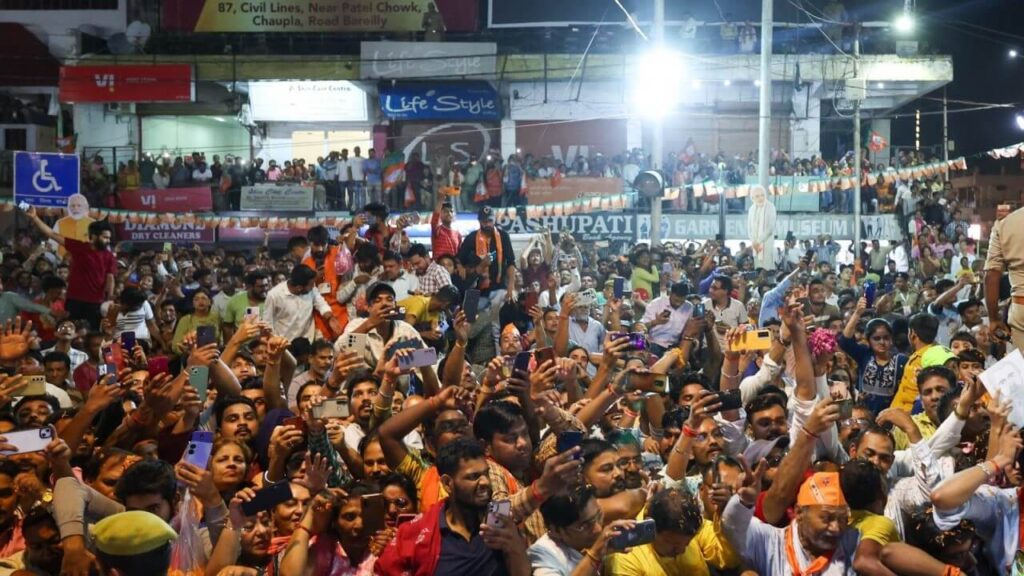
1. Unprecedented Scale
- 969 million people are participating in this mammoth electoral process, making it the largest exercise of democracy on the planet.
- Voters from diverse backgrounds, regions, and languages converge to cast their ballots, shaping the destiny of the world’s most populous nation.
Let’s break down the significance of the “unprecedented scale” in the context of the 2024 Indian General Elections:
Participation:
- A staggering 969 million people are actively participating in this electoral process.
- This number represents an unparalleled level of engagement, making it the largest exercise of democracy ever witnessed globally.
Diverse Representation:
- Voters come from diverse backgrounds, regions, and languages.
- Their collective participation reflects the rich tapestry of India’s cultural, linguistic, and social diversity.
Destiny-Shaping Impact:
- As these millions of citizens cast their ballots, they collectively shape the destiny of India.
- The decisions made during this election will impact policies, governance, and the nation’s trajectory for the next five years.
The sheer magnitude of participation and the diverse representation of voters underscore the monumental significance of this electoral process. 🗳️🌍🇮🇳
2. The Cost Factor
- India’s 2019 elections cost approximately 600 billion rupees ($7.2 billion).
- However, the 2024 elections are expected to be twice as expensive, with political parties and candidates projected to spend more than 1.2 trillion rupees ($14.4 billion).
- This staggering expenditure reflects the intensity of the electoral battle and the high stakes involved.
Let’s delve into the cost factor of India’s elections:
2019 Elections:
- In 2019, India’s general elections cost approximately 600 billion rupees (equivalent to $7.2 billion).
- This expenditure covered various aspects, including campaigning, logistics, security, and administrative costs.
2024 Elections: Doubling the Expense:
- The 2024 elections are projected to be twice as expensive, with an estimated expenditure of 1.2 trillion rupees (equivalent to $14.4 billion).
- Several factors contribute to this substantial increase in costs.
Reasons for Increased Expenditure:
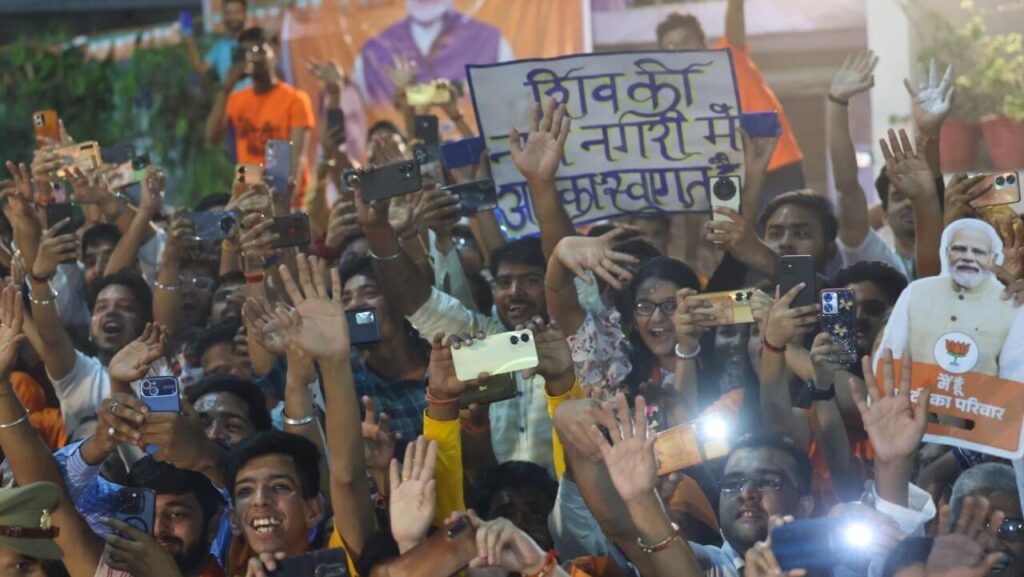
- Scale and Outreach: The sheer number of voters—969 million people—requires extensive campaigning across diverse regions and languages.
- Inflation and Rising Costs: The overall cost of organizing elections has risen due to inflation and increased logistical expenses.
- Media and Digital Campaigns: Political parties allocate significant funds for media coverage, advertisements, and social media campaigns.
- Candidate Expenses: Contesting candidates spend on travel, rallies, and promotional material.
Intensity and High Stakes:
- The staggering expenditure reflects the intensity of the electoral battle.
- The outcome of these elections will shape India’s governance, policies, and socio-economic trajectory for the next five years.
The 2024 elections are not only a democratic exercise but also a significant financial commitment, underscoring the importance of every vote cast. 🗳️💰🇮🇳
3. Key Contenders
The battle for 543 seats across the nation primarily involves two major alliances:
- The BJP-led coalition, led by Prime Minister Narendra Modi.
- The Congress-led INDI Alliance, seeking to unseat the incumbent government.
Let’s delve into the key contenders in the 2024 Indian General Elections:
BJP-Led Coalition:
- The Bharatiya Janata Party (BJP) leads a coalition of parties.
- Prime Minister Narendra Modi is the face of this alliance.
- The BJP emphasizes Hindutva (Hindu nationalism) and has a strong base across various states.
- Their campaign focuses on economic development, national security, and cultural identity.
Congress-Led INDI Alliance:
- The Indian National Congress (INC) spearheads this alliance.
- The INC has a long history and was instrumental in India’s independence struggle.
- Their campaign highlights social welfare, secularism, and inclusivity.
- The alliance aims to unseat the incumbent government and regain power.
These two major alliances are vying for the 543 seats in the Lok Sabha, each presenting distinct ideologies and visions for India’s future. 🗳️🇮🇳
4. Campaigning and Outreach
- Political parties are investing heavily in rallies, advertisements, and grassroots campaigns.
- The cost of wooing voters through digital media, traditional rallies, and door-to-door canvassing contributes significantly to the overall expenditure.
Let’s delve into the campaigning and outreach strategies employed during the Indian General Elections:
- Rallies:
- Political leaders crisscross the country, addressing massive rallies.
- These rallies serve as platforms to connect with voters, share their vision, and garner support.
- The logistics involved—such as organizing venues, security, and transportation—contribute to campaign costs.
- Advertisements:
- Television, radio, and print media play a crucial role in reaching millions of voters.
- Political parties invest in advertisements to showcase their achievements, promises, and ideologies.
- The cost of airtime, production, and distribution adds to the overall expenditure.
- Digital Media:
- In the digital age, social media is a powerful tool for political campaigns.
- Parties run targeted ads, engage with voters on platforms like Facebook, Twitter, and Instagram, and create viral content.
- The expenses for digital campaigns—such as hiring social media managers, creating content, and running ads—contribute significantly to the budget.
- Traditional Door-to-Door Canvassing:
- Volunteers and party workers visit households, engaging with voters personally.
- This grassroots approach allows parties to address local concerns and build rapport.
- The cost includes transportation, campaign material, and compensating volunteers.
- Public Meetings and Town Halls:
- Candidates participate in town halls, public meetings, and interactive sessions.
- Voters get a chance to directly interact with leaders, ask questions, and voice their opinions.
- Organizing these events involves expenses related to logistics and security.
The cost of wooing voters through these multifaceted strategies significantly contributes to the overall expenditure during elections. 🗳️💬🇮🇳
5. Impact on Governance
- The outcome of this election will determine India’s trajectory for the next five years.
- Policies, economic reforms, and social welfare programs hinge on the party that secures a majority in the Lok Sabha (the lower house of Parliament).
The impact on governance resulting from the outcome of the 2024 Indian General Elections is profound. Here’s why:
Policy Direction:
- The party or coalition that secures a majority in the Lok Sabha (the lower house of Parliament) will have the mandate to shape India’s policies.
- Decisions related to economic reforms, social welfare, foreign relations, and infrastructure development will be influenced by the ruling party’s ideology and priorities.
Economic Reforms:
- The government’s approach to economic reforms—such as taxation, investment, trade policies, and industrial growth—will significantly impact India’s economic trajectory.
- A stable government with a clear majority can implement reforms more effectively.
Social Welfare Programs:
- The ruling party’s commitment to social welfare programs—such as healthcare, education, poverty alleviation, and rural development—will directly affect citizens’ lives.
- Funding allocation, implementation efficiency, and inclusivity are critical aspects.
Foreign Relations and Security:
- The government’s stance on international relations, defense, and security matters will shape India’s position on the global stage.
- Bilateral ties, trade agreements, and regional cooperation depend on the ruling party’s policies.
Legislative Agenda:
- The Lok Sabha plays a pivotal role in passing laws, budgets, and bills.
- The party in power can drive its legislative agenda, affecting various aspects of governance.
The 2024 elections hold immense significance as they determine the course of India’s governance, policies, and socio-economic development for the next five years. 🗳️🏛️🇮🇳
Conclusion
As the voting process unfolds, India’s citizens exercise their democratic right, shaping the nation’s future. The 2024 elections serve as a testament to India’s vibrant democracy, where every vote counts and every rupee spent has far-reaching consequences.
Note: Voting will close on June 1, and results will be declared on June 4.
Key Issues in the 2024 Indian General Elections
The 2024 Indian General Elections are marked by several critical issues that resonate with the electorate. Here are some of the key concerns:
- Economic Development and Inflation:
- India’s economy has grown rapidly, but the benefits are more visible in cities than rural areas.
- Rising inflation remains a concern, impacting the cost of living for citizens.
- Welfare Policies:
- The government’s welfare initiatives, such as free food rations during the pandemic, aim to support vulnerable populations.
- However, critics argue that such measures highlight uneven economic growth.
- Hindu Reawakening:
- The consecration of the grand temple to Hindu God-king Ram has been a significant event.
- Prime Minister Narendra Modi’s visits to Hindu temples reinforce his image as a champion of the majority community.
India’s Electoral System
India follows a parliamentary system with a First Past the Post (FPTP) electoral system. Here are the key features:
- Lok Sabha Elections:
- Voters directly elect 543 members to the Lok Sabha (House of the People) from single-seat constituencies using FPTP rules.
- General elections are held every five years, and the candidate with the most votes in each constituency wins.
- Election Commission of India (ECI):
- An appointed nonpartisan body, the ECI oversees national and state elections.
- It manages the largest electoral event globally, with millions of voters across diverse geographic and climatic zones.
Narendra Modi and the Bharatiya Janata Party (BJP)
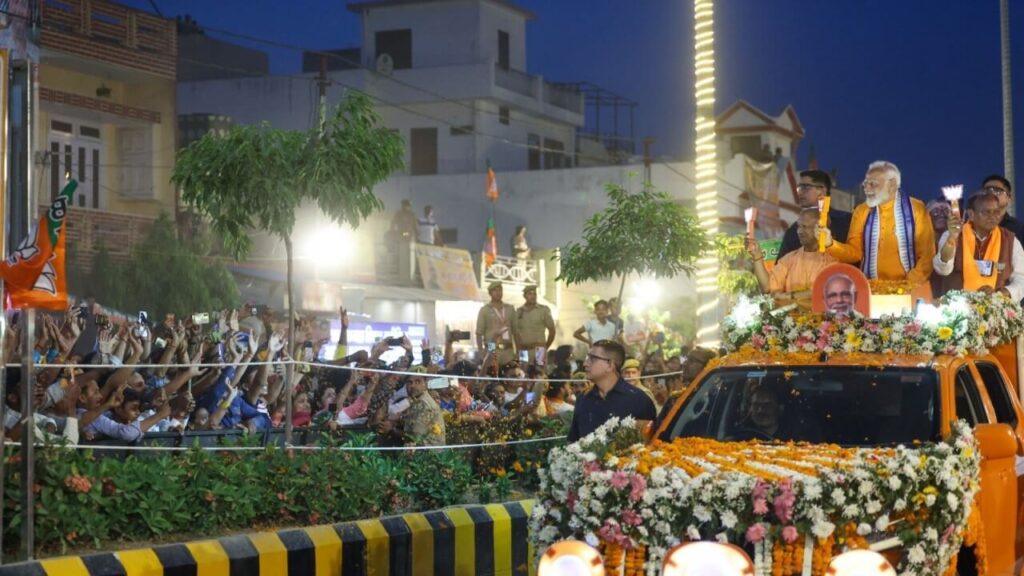
- Narendra Modi:
- Born on September 17, 1950, Modi is the 14th Prime Minister of India.
- He represents the Varanasi constituency in the Lok Sabha.
- Known for his strategic leadership, he has served as the Chief Minister of Gujarat for four consecutive terms.
- Bharatiya Janata Party (BJP):
- Modi is a member of the BJP, a right-wing Hindu nationalist party.
- The BJP is also affiliated with the Rashtriya Swayamsevak Sangh (RSS), a paramilitary volunteer organization.
- Under Modi’s leadership, the BJP has emerged as a dominant political force in India.
Remember, these elections shape India’s future, and citizens’ votes will determine the course of the nation for the next five years.


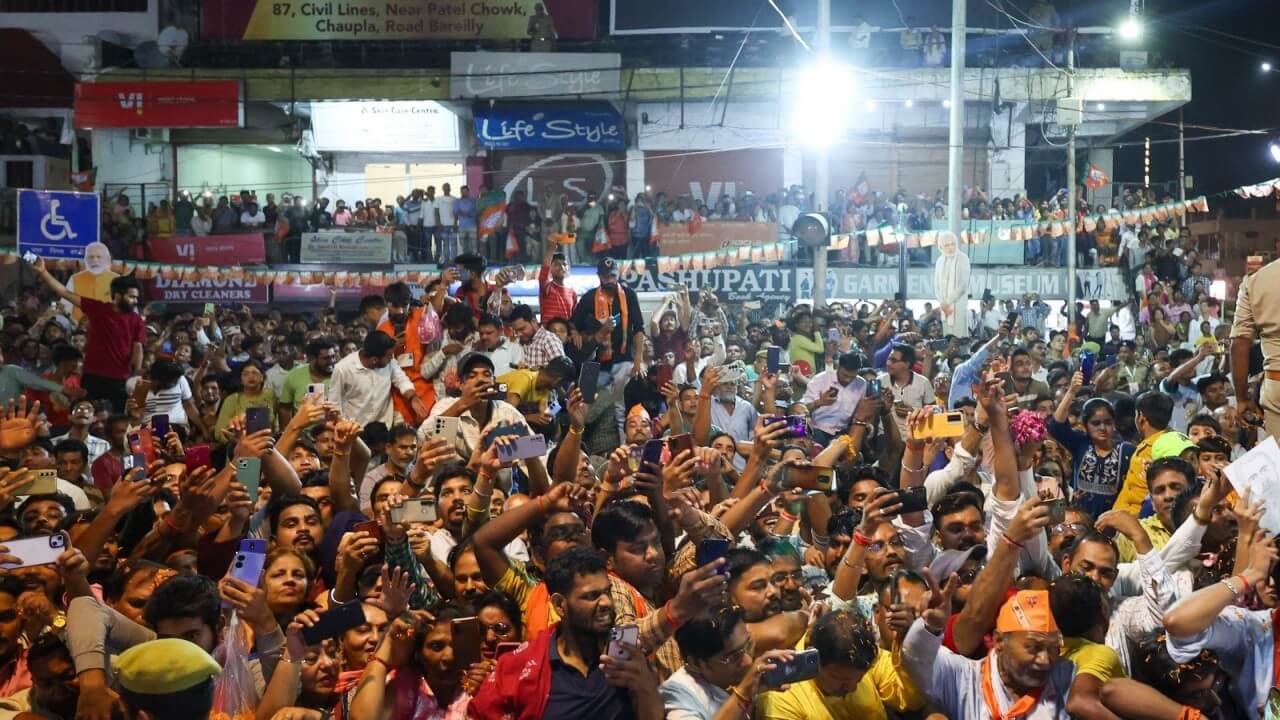
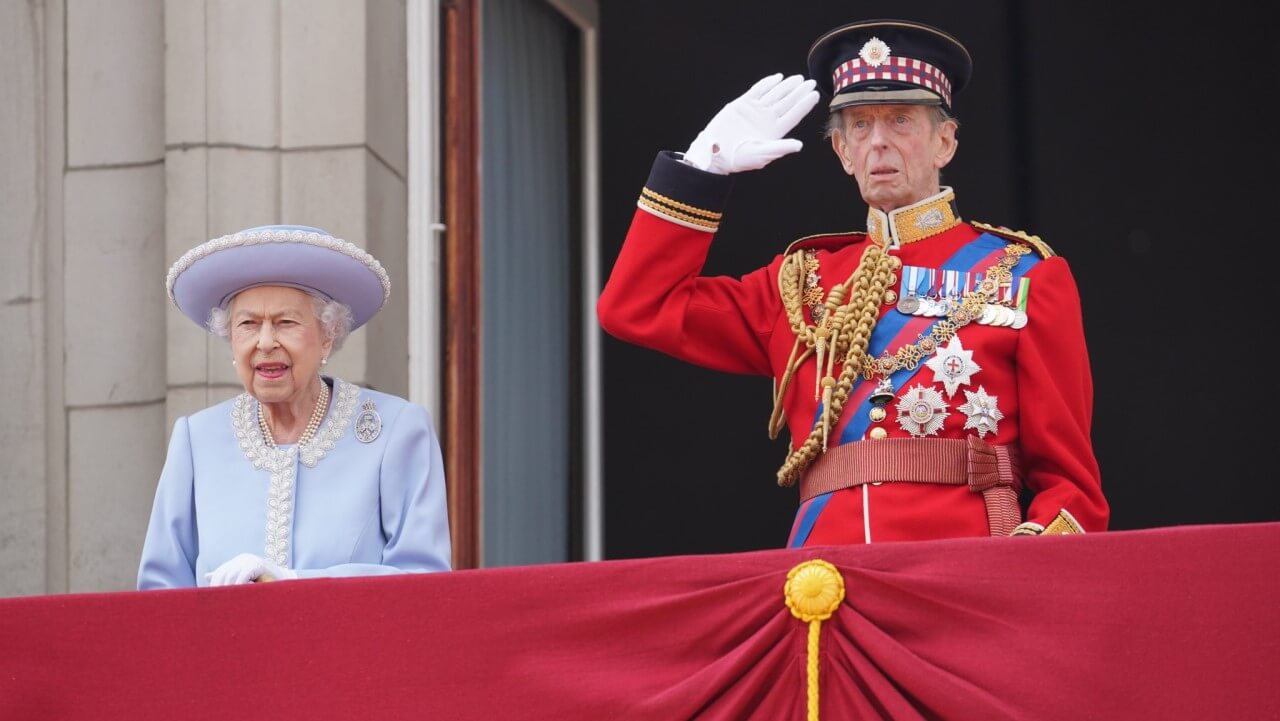
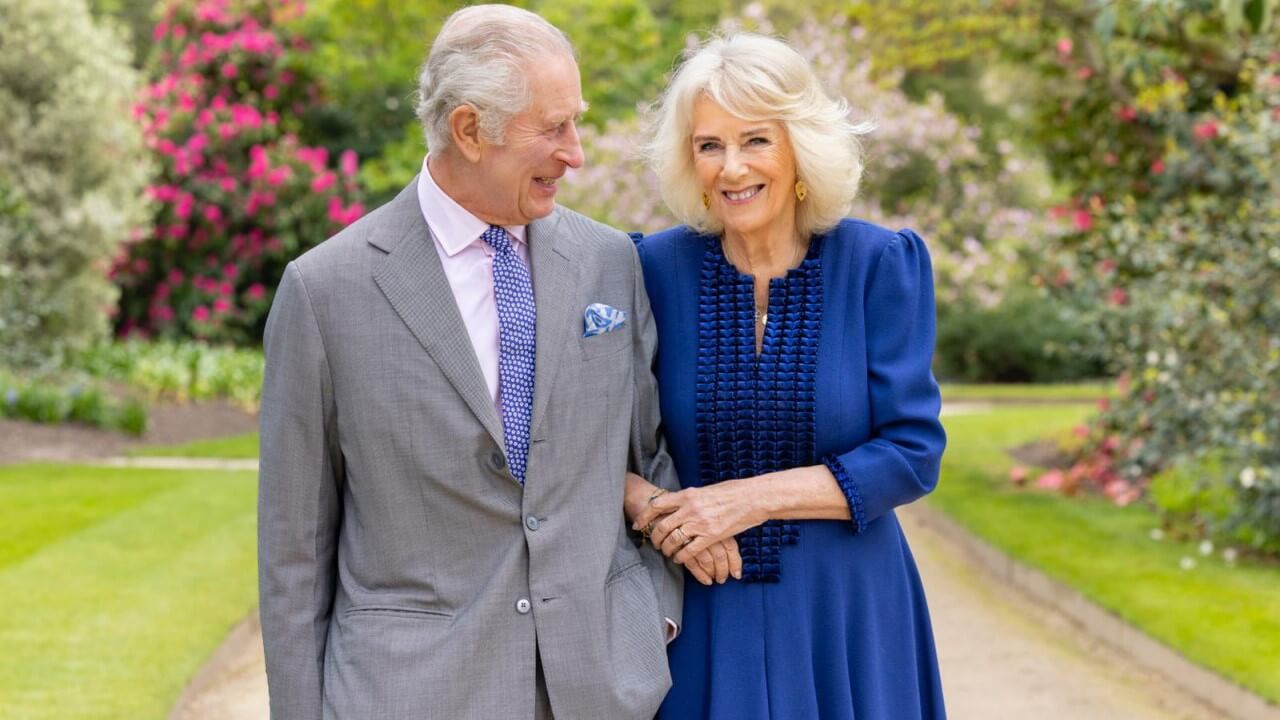
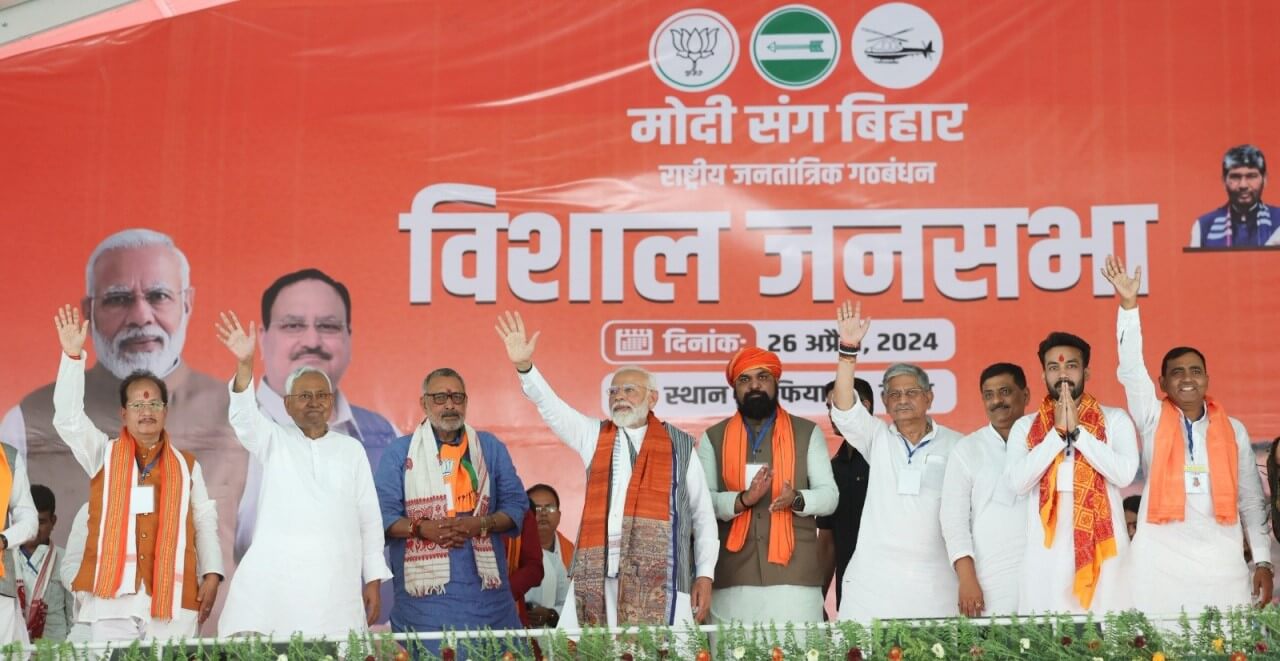


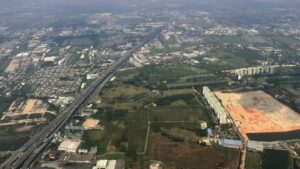
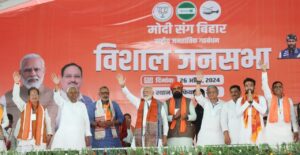

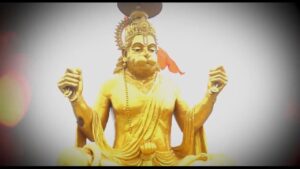









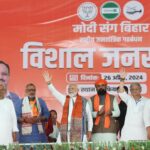

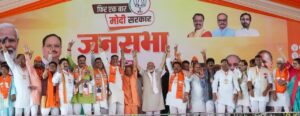


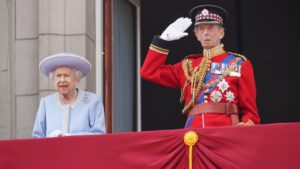
What i do not realize is in fact how you are not actually much more neatly-liked than you may be now. You’re very intelligent. You recognize therefore considerably on the subject of this matter, made me in my opinion consider it from a lot of numerous angles. Its like men and women don’t seem to be fascinated unless it is something to accomplish with Woman gaga! Your individual stuffs great. Always care for it up!
Thanx for the effort, keep up the good work Great work, I am going to start a small Blog Engine course work using your site I hope you enjoy blogging with the popular BlogEngine.net.Thethoughts you express are really awesome. Hope you will right some more posts.
I haven¦t checked in here for some time as I thought it was getting boring, but the last few posts are great quality so I guess I will add you back to my daily bloglist. You deserve it my friend 🙂